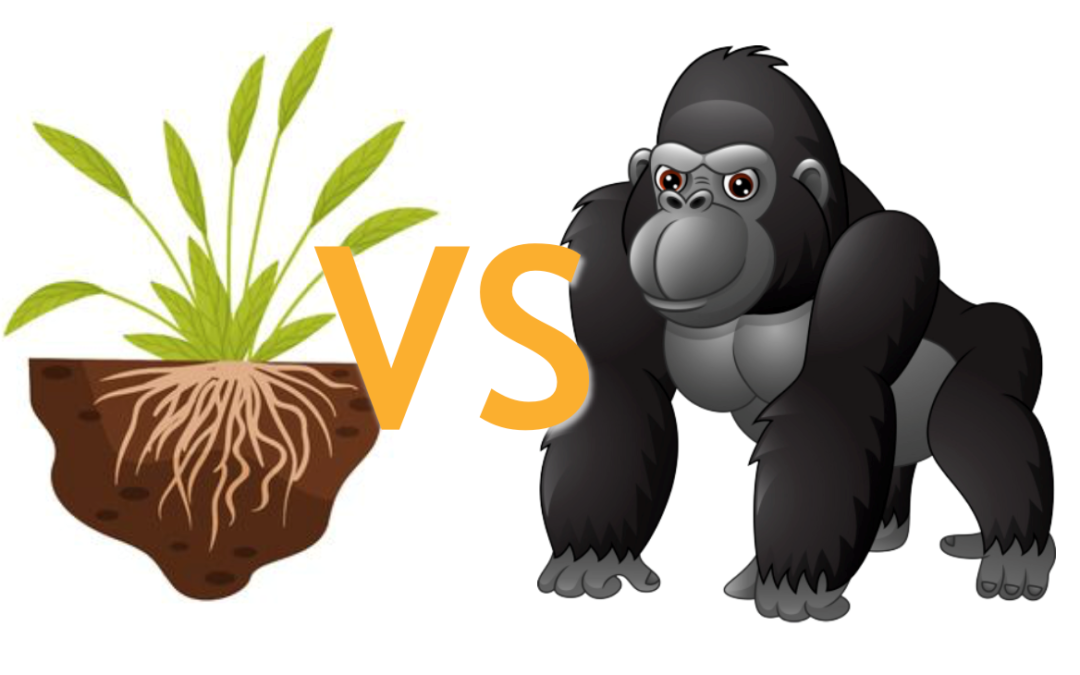In public relations, certain terms are hard to distinguish from each other due to a strong similarity. For example, public relations, or “PR”, is often conflated with related terms like marketing and advertising. But such practice areas can work compatibly with one another, while still serving a unique role. The same goes for grassroots marketing and guerilla marketing – two terms that are often confused for the same thing. Understanding the difference between the two is helpful, especially for those interested in implementing either of these tactics within a business. Today, we’re drawing the distinction for you – so you can be confident in the next step.
Let’s start by defining grassroots marketing. Grassroots marketing targets a small audience in hopes that the specified chosen group of people spread the intended message to larger audiences. One of the best ways to encourage others to share a brand’s message is through emotional triggers. In 2013, Canadian airline Westjet targeted a group of passengers all traveling on the same flight, using social media to individually ask them what they wanted for Christmas. While the passengers were airborne, Westjet rushed to buy the gifts that the passengers asked for. Once the plane landed, Westjet placed the gifts on the baggage claim carousel for the passengers to retrieve. The campaign encouraged people to share their stories through social media, the place where the company originated its interaction with the passenger-customers.
Conversely, guerilla marketing is best known for unconventional and unique tactics that raise brand awareness by targeting a larger audience. Guerilla marketing stands out because of the way that it doesn’t interrupt its audience. It catches its audience somewhat by surprise, appearing in normal day-to-day life. In 2009, Bounty showcased the absorbency of their paper towels by placing two large spills from a coffee cup and a popsicle in New York and Los Angeles. The brand executed this by advertising itself in a unique and eye-catching way while also providing a solution to the “mess.” Note that this campaign did not target a specific audience but instead was designed to reach as many people as possible through social sharing.
Now that the two types of marketing have been defined, let’s highlight the key difference between the two. Grassroots marketing starts by targeting a very specific and intentional demographic or audience. Guerilla marketing is designed to target and reach a larger audience. Distinguishing these two terms all comes down to the size and intent of audience. However, both types of marketing can employ the same strategies and techniques. And since grassroots and guerilla marketing both aim to increase sales and raise brand awareness, both have the potential to generate effective marketing results within any business.
